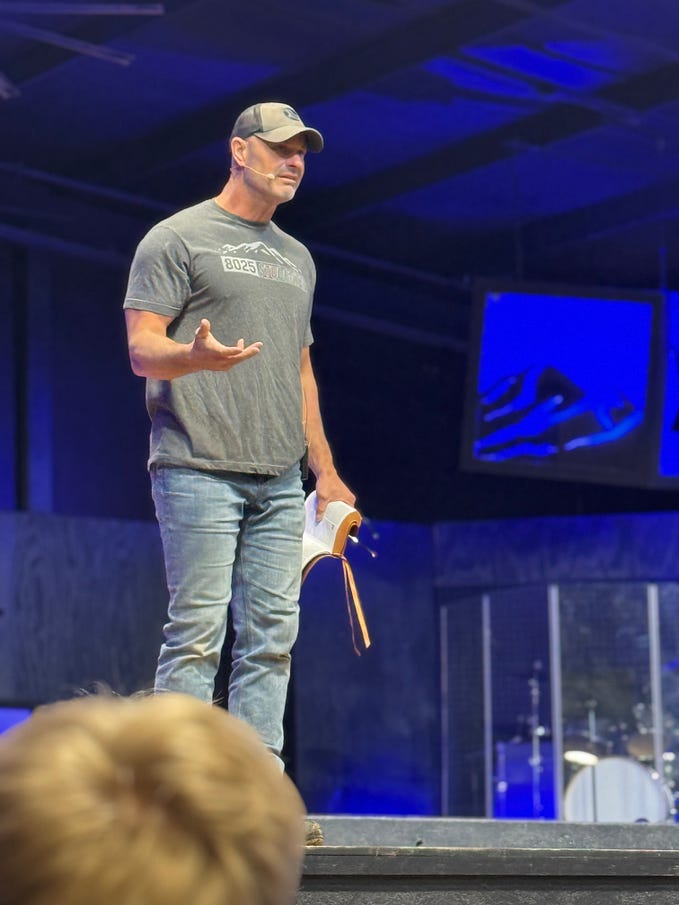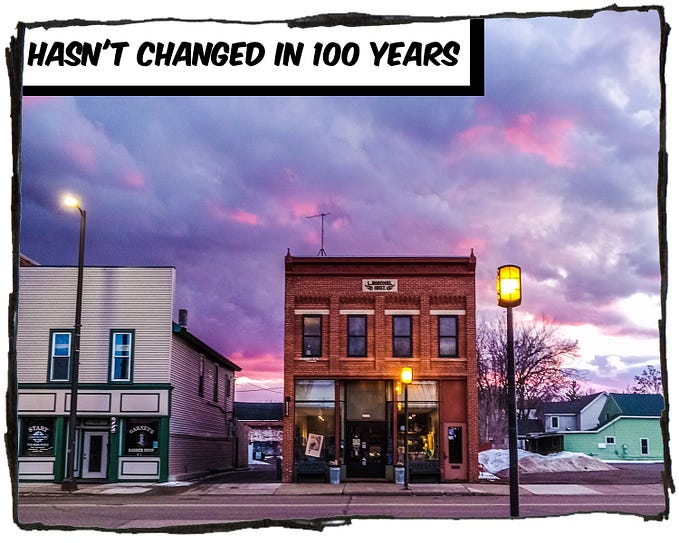

Why Wikipedia?
The idea of humans collaborating together and helping some random person sitting in some corner of the earth to learn and get information, selflessly without expecting anything in return is something that excites me and millions of other Wikipedia editors.
Although the information is sufficient on the website, the design feels outdated. People do not use Wikipedia as a source to cite their work or back their research. There are many elements on the website that can be redesigned to make it more meaningful with minimal or zero backend changes.

Why Wikipedia didn't change despite soo many redesigns on the web?
New designers tend to change famous websites without understanding their core functionality or making it more meaningful for the users and focus on just something that looks great on their portfolio. I checked out various redesigns to see if anything was good, but nothing seems practical enough to be implemented as they don’t take in the core principles of Wikipedia mentioned here.
Few of the redesigns made by others
In short:
- Redesigns made by others require features that need javascript enabled, will take up more library files to download thus increasing data costs for remote locations where data is costly. Many of these low-end devices do not support js even today.
- Also, big images are a problem due to data constraints.
- Wikipedia is majorly text, from end-to-end and they have kept it that way as people like to read it. Giving text less space looks good on design, not in practical implementation and usage as mentioned in Wikipedia links above.
Why people use Wikipedia?
- Wikipedia cites sources (other Wikipedians can notice it and demand a source or remove it)
- Wikipedia is unbiased (edited by sides of the argument)
- Wikipedia is up to date ( 25 edits per second)
How people use Wikipedia? ( Surveys )
- Search for any sensible topic on any search engine. Most of the time, Wikipedia or another Wikimedia project will be one of the top results. No other website reaches this level of omnipresence. The reason why Wikipedia is so high on the list is as soo many people use Wikipedia.
- On average, 32 percent of Wikipedia readers come to the project for in-depth reading, 35 percent come for intrinsic learning, and both numbers can be as high as 55 percent for some languages
- Wikipedia is a unique place on the Internet where people can dive into the content and read and learn, just for the purpose of learning and without interruption. It is important for further content and product development to cherish this motivator and acknowledge the needs of the users to learn for the sake of learning.
- Media such as books, radio, movies, and TV programming play an important role in bringing readers to Wikipedia.
Instead of taking personal interviews to ask people similar questions, this time I decided to go with the analysis and survey of Wikipedia as they took the survey with more than 215,000 responses.
The charts below summarize users’ information need across the 14 languages taken by the Wikimedia Foundation.
Information needs: I am reading this article to
- Lookup a specific fact or get a quick answer
- Get an overview of the topic, or get an in-depth understanding of the topic

Familiarity: Prior to visiting this article
- I was already familiar with the topic
- I was not familiar with the topic and I am learning about it for the first time

Motivation: I am reading this article because

The problems to consider
A key takeaway from a web developer at Youtube who was working on the project “feather” ( reducing code size from 1.2mb to 100kb and lower requests to 2x the loading speed of youtube)
“When we plotted the data geographically and compared it to our total numbers broken out by region, there was a disproportionate increase in traffic from places like Southeast Asia, South America, Africa, and even remote regions of Siberia. Further investigation revealed that, in these places,
the average page load time under Feather was over TWO MINUTES! This meant that a regular video page, at over a megabyte, was taking more than TWENTY MINUTES to load! This was the penalty incurred before the video stream even had a chance to show the first frame.
Correspondingly, entire populations of people simply could not use YouTube because it took too long to see anything. Under Feather, despite it taking over two minutes to get to the first frame of video, watching a video actually became a real possibility. Over the week, word of Feather had spread in these areas and our numbers were completely skewed as a result. Large numbers of people who were previously unable to use YouTube before were suddenly able to.
“Through Feather, I learned a valuable lesson about the state of the Internet throughout the rest of the world. Many of us are fortunate to live in high bandwidth regions, but there are still large portions of the world that do not. By keeping your client-side code small and lightweight, you can literally open your product up to new markets.”.
The hurdles of personalization
Personalization has a great track record of keeping users engaged on the platform, be it YouTube or Facebook or Google news.
While personalization seems to be great to keep users more engaging on the platform and read more, it certainly doesn’t work out for Wikipedia due to the following reasons.
- Wikipedia doesn’t want to keep any personal information about the user ever and store it on their servers. It is an encyclopedia and wants to remain the same.
- Their business model has remained around donations and they wish to continue as the same without collecting any user info or pushing ads.
- Personalization although could help users get better facts and info on things that they are interested in, but there is a workaround without taking user data.
- Instead of personalization, let’s take a look at how DuckDuckGo sells ads without collecting info about users.

- So instead of personalizing Did you know, On this day & Featured articles sections of Wikipedia based around the user, we personalize and relate it around the “article” and “article topic” for the user to explore more around those articles. This might require a small structural add-on in the backend
Home Page analysis
Wikipedia consists of a ton of features along with their article page that is visited the most.

Featured articles, lists, pictures
- It also comes up under “article of the day” section on the homepage of Wikipedia.
- Wikipedia editors select a handful of articles that should be featured to show everyone, every day on their front page.
- There are 5,567 featured articles out of 5,884,903 articles on the English Wikipedia (~0.1% are featured)
- Why not personalize it?
Did you know
- “Did you know” feature that shows up small snippets of random interesting facts
- Why not personalize it?
In the news
- Section deals with random recent news from around the world.
- Wikipedia continues to keep this feature despite people using other news sources and rarely using this feature.
- The goal with this feature is to have unbiased and community-sourced news, also while updating Wikipedia.
- Why not personalize it?
On this day
- Interesting facts about what happened on this day.
- Why not personalize it?
Wikipedia also consists of an explore section and other sub-features, but for this article, we keep focus on what matters the most to the majority of users and bringing the features together on what Wikipedia is known the most for — The article page.

Article pages are the most visited pages in Wikipedia.
The focus should be on making one key feature better and push other features around it to make the core experience better.
So it would be better to change the other features that Wikipedia has around the core structure aka the article pages.
Goals & plans while redesigning
- Should run on the worst computer in the world
- Wikipedia runs even without javascript. So we need to make sure the redesign works well without javascript.
- Should run in areas with incredibly low internet connection speeds
- Should not increase or shoot up server costs
- Should also design and work for the modern world ( Appealing for the modern + good computers + good bandwidth )
- Maintain user privacy and discard features that don’t align with those goals
- Wikipedia takes end-to-end text as it contains a large amount of textual information. So making sure text stays up as the first priority
- Wikipedia is majorly text and very few images. The redesign would focus on loading text at first priority and then lazy loading images/media. ( loading after the text is displayed )
- Media files are large. Give users the option to load images explicitly when called upon.
The final Redesign
The whole article page




Conclusion
UI Ux is a process of solving a screen problem. Although is important to make the User Interface look and feel good, but should not be compensated at the cost of User experience and actually solving the problem.
Clap 50 times if you like it & Share your views in the comments
Contact for work:- uiuxyash@gmail.com
Check out my other projects over here:-






